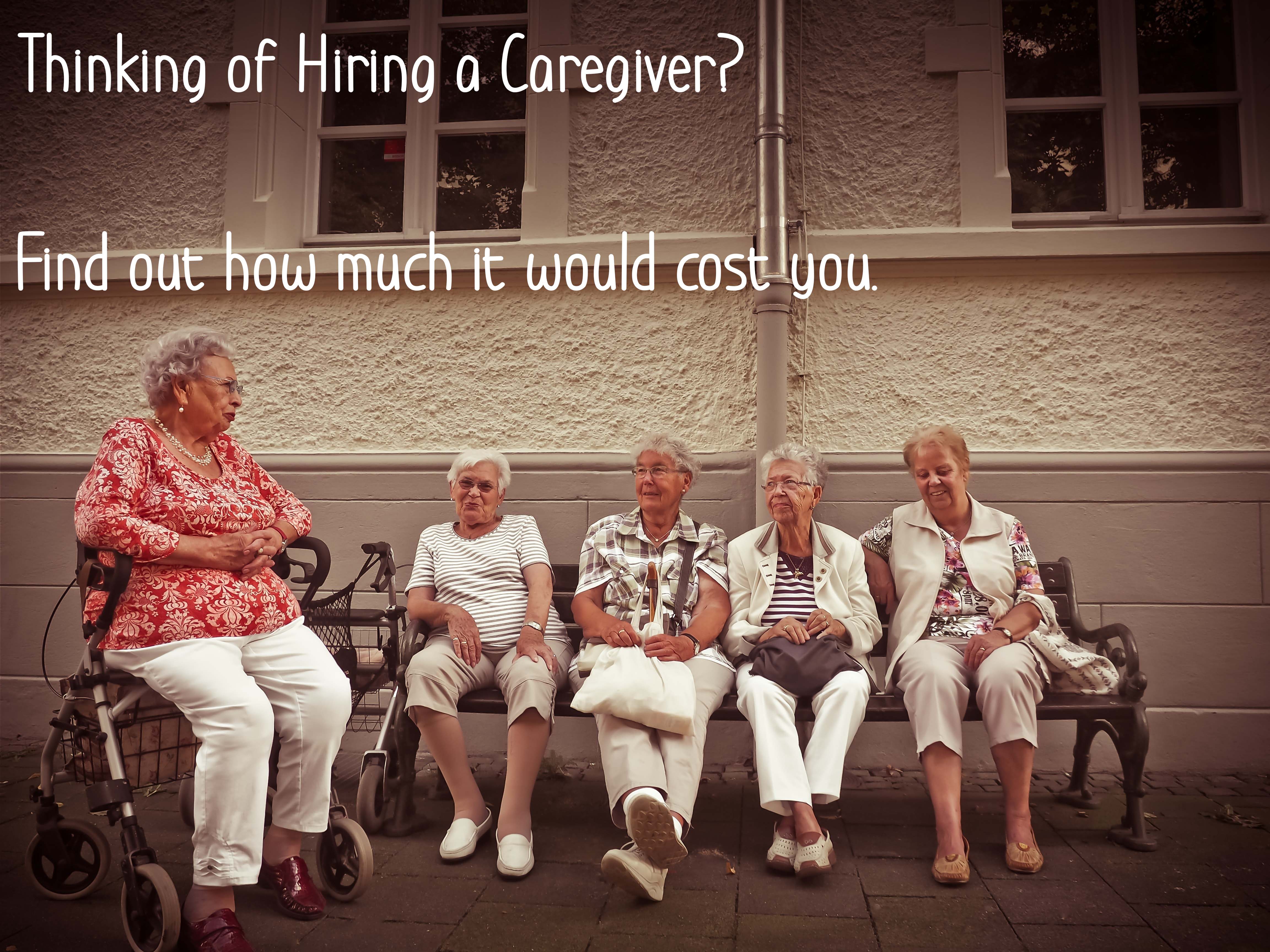Skin and Aging
 It seems a paradox: The top layer of skin is replaced about once a month, so why does skin age? Part of the aging process is genetic. Just as your genetic makeup determines your eye color and whether your hair is curly or straight, genes also have some say in whether your skin retains a firm texture into your 60s and 70s, or begins to wrinkle and sag during your 40s. The breakdown of collagen and elastin that leads to droopy, lax skin occurs at different rates in different people.
It seems a paradox: The top layer of skin is replaced about once a month, so why does skin age? Part of the aging process is genetic. Just as your genetic makeup determines your eye color and whether your hair is curly or straight, genes also have some say in whether your skin retains a firm texture into your 60s and 70s, or begins to wrinkle and sag during your 40s. The breakdown of collagen and elastin that leads to droopy, lax skin occurs at different rates in different people.
Chronological Aging
Time takes its toll. As the years go by, skin undergoes a number of biochemical changes. Epidermal cells don’t slough off as easily, and the supportive fibers of collagen and elastin break down. Skin doesn’t retain as much moisture as it once did. The skin’s ability to fight infection, feel sensations, and regulate body temperature also diminishes. Over several decades of sending instructions for new cell production, the DNA can become damaged and allow cells to grow out of control, with skin cancer as the result.
The deterioration of collagen and elastin and the pull of gravity can result in some of the classic signs of aging skin: fine lines around the eyes, deepened expression lines at the corners of the mouth and across the forehead, and sagging skin. The nails usually become more brittle, and hair may begin to thin.
Photoaging
The single biggest cause of damage to skin as you age is not aging itself — it’s sun exposure. This damage is called photoaging. Over the years, sun exposure causes fine and coarse wrinkles; baggy skin with a yellow, leathery appearance; and dry, scaly skin. It also increases the risk for skin cancer. Because sun exposure diminishes collagen, which supports a network of blood vessels, photoaging can cause skin to bruise more easily.
You can easily distinguish the effects of photoaging from those of chronological aging. Look at the lines and pigmentation of the skin on your face and the back of your hands; feel its texture. Now do the same on a part of your body that hasn’t received much sun exposure, such as your lower abdomen or buttocks. The difference can be great, especially if you’ve been a sun worshipper throughout your life. People are spending billions of dollars annually to try to counteract the effects of photoaging (see “Skin rejuvenation procedures”).
Skin damage from sun exposure is caused by ultraviolet (UV) radiation. Not all the sun’s rays are created equal. Some wavelengths of UV radiation penetrate the skin more deeply than others. Realizing this difference has prompted researchers to question whether some types of UV rays mainly cause wrinkles and the brown spots (sometimes called “age spots” or “liver spots”) while others speed the development of skin cancer.
CLICK HERE for the full article
- Tags: Skin Care
- Professional Medical














Comments 0